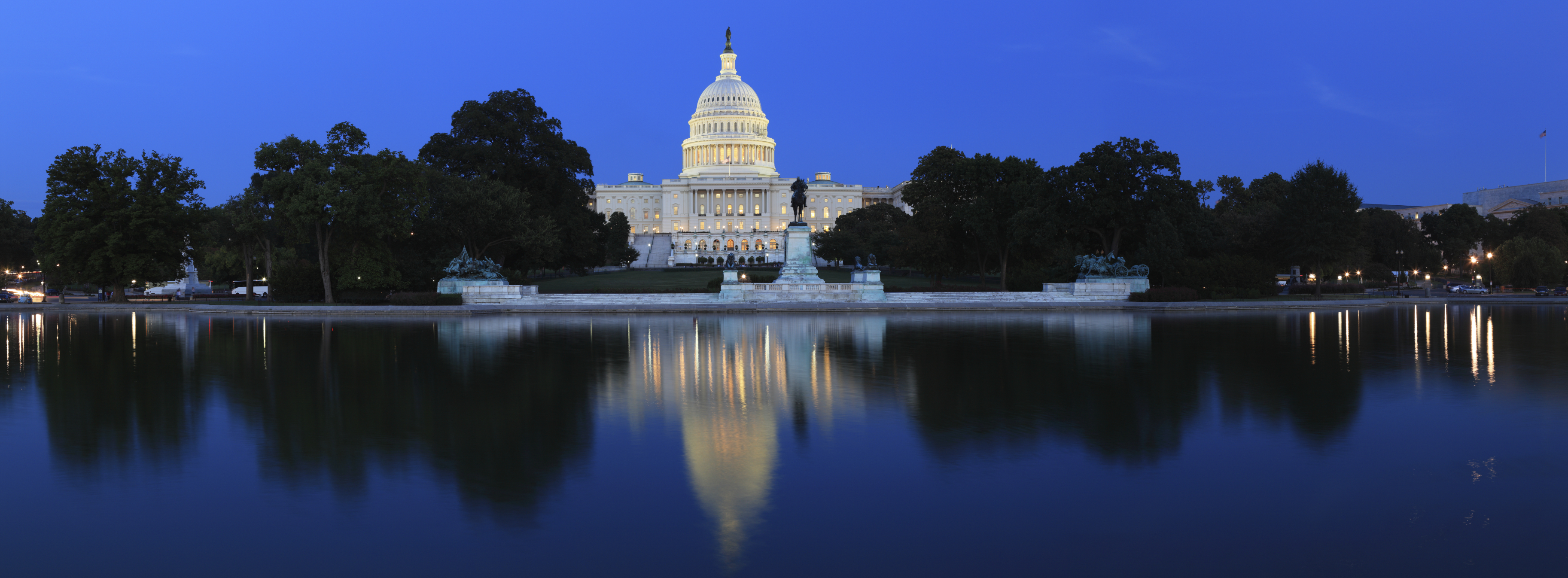U.S.-Japan Trade Deal Finalized Amid Broader Global Tariff Activity
On July 22, the United States and Japan announced a finalized trade agreement that preserves a 15% baseline tariff on a range of imports, including autos and industrial goods. The deal includes a $550 billion commitment from Japan to invest in U.S.-based projects, with President Trump stating that the U.S. would “receive 90% of the profits” from these investments. Japanese Prime Minister Shigeru Ishiba confirmed that auto tariffs would fall to 15% under the agreement, down from the previous 25% rate.
The White House also signaled that the agreement includes additional provisions related to U.S.-bound shipments of liquefied natural gas and other strategic sectors. Japan’s top trade negotiator, Ryosei Akazawa, called the deal a “mission accomplished,” and Japanese automaker stocks surged following the announcement, with several rising by more than 10% as the Nikkei index climbed 3.5%.
The agreement was broadly viewed by analysts as helping to stabilize a critical bilateral trade relationship. Reuters reported that the deal may help prevent broader supply chain disruptions and reduce near-term uncertainty in global markets.
Additionally, the European Union is engaged in active negotiations with the United States to avoid the scheduled implementation of 30% tariffs on EU imports starting August 1. EU diplomats stated the two sides are nearing an agreement to adopt a matching 15% tariff framework, mirroring the terms secured by Japan. A vote on potential EU countermeasures targeting over $100 billion in U.S. exports is expected by July 25, with retaliatory tariffs taking effect no earlier than August 7 if no deal is reached.
NMMA continues to monitor trade developments closely and remains engaged with U.S. trade officials and congressional leaders to ensure the priorities of the recreational boating industry are heard. For more information, contact Clay Crabtree, Senior Director of Public Policy, at [email protected].





